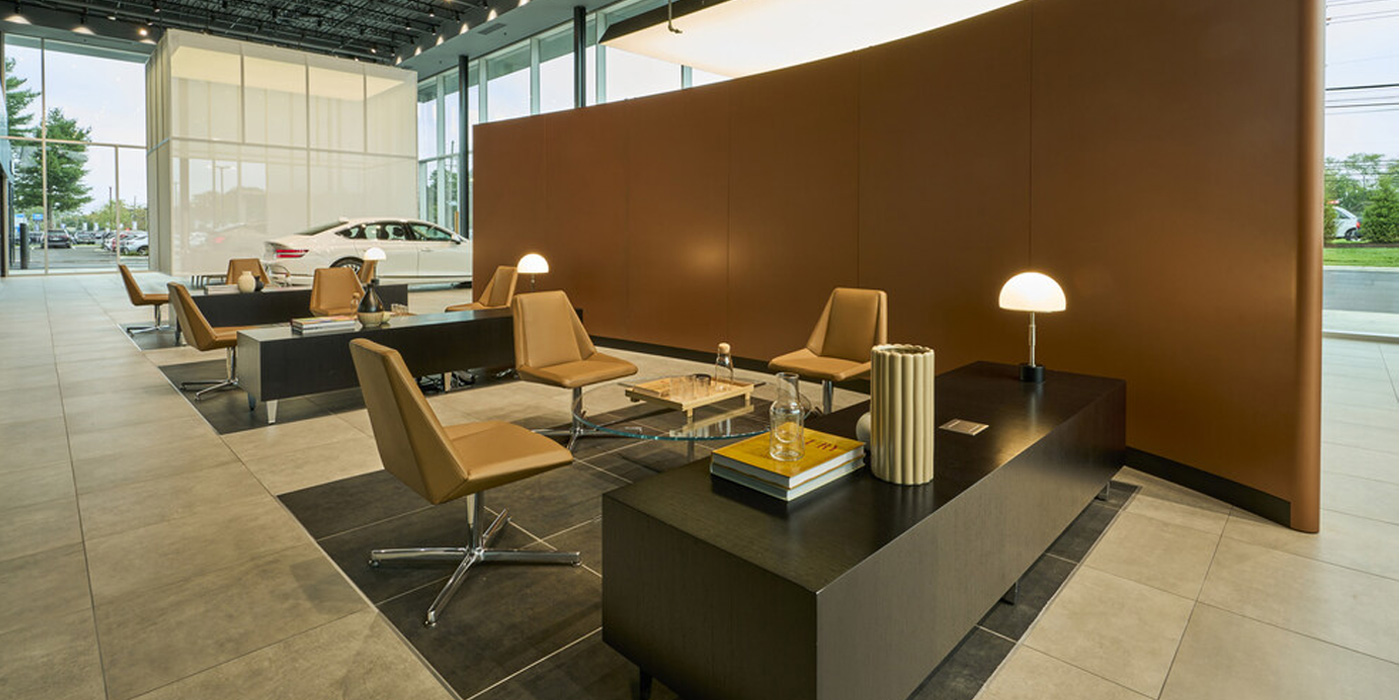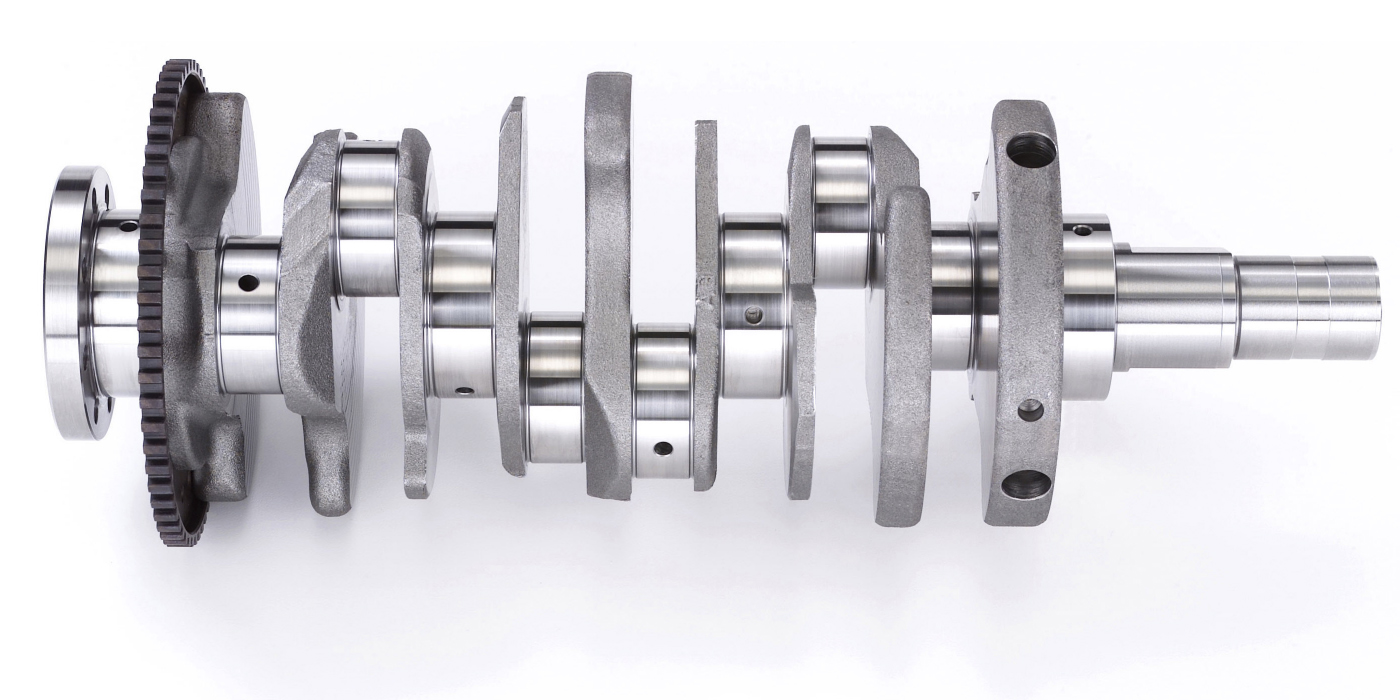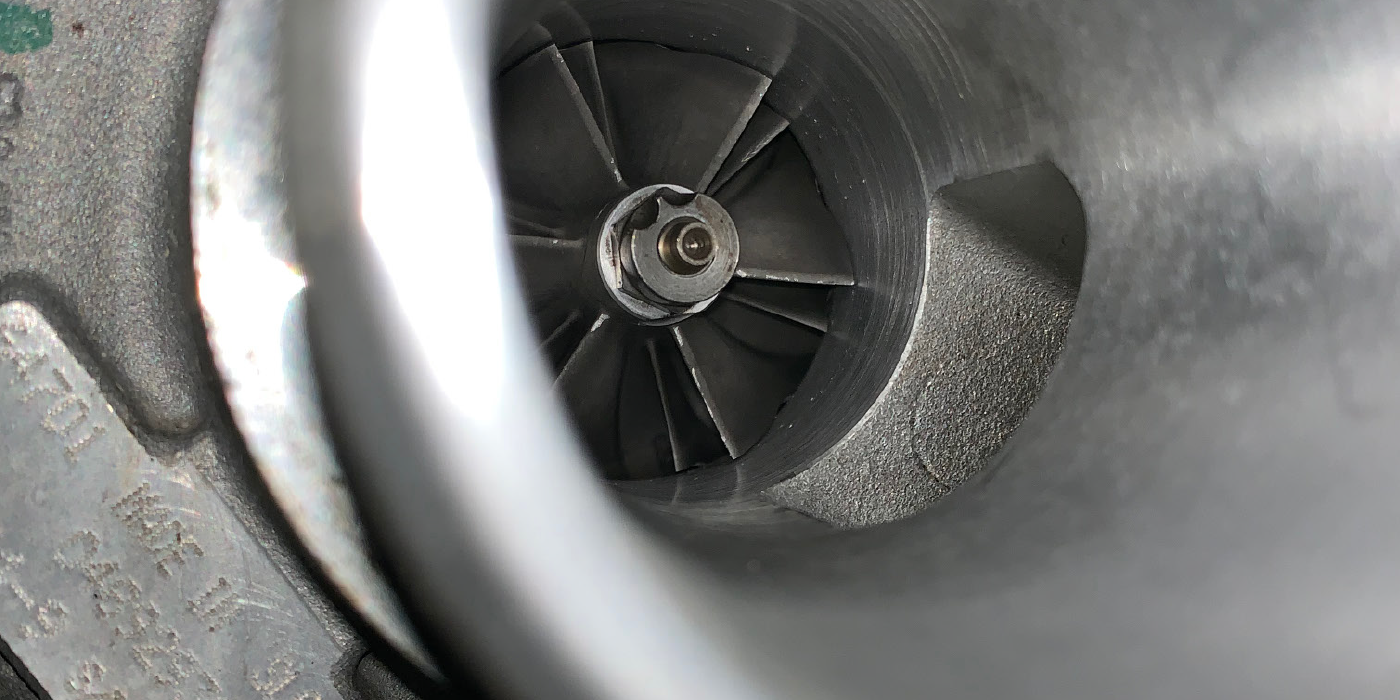By Larry Carley
Technical Editor
Semi-metallic disc friction materials are typically designed for hard-working, high-temperature brake applications. They are used for the front disc brakes on many larger SUVs and pickup trucks, as well as the front brakes on larger, heavier cars, performance cars and “severe-use” applications such as police cars, taxis and emergency vehicles.
One way to identify semi-metallic pads is by their appearance. They are usually silver with the chopped steel fibers clearly visible. They are also magnetic. Some semi-met pads also have an outer coating of titanium or some other “transfer” material that aids break-in and helps suppress noise.
Semi-metallic pads are generally considered to be a “premium” grade product with features such as chamfers, slots and insulator shims to reduce vibrations and noise. The chopped steel and other metal fibers in the pads allow semi-metallic brake linings to handle higher braking temperatures better than most other kinds of pads. Steel is a good conductor of heat and helps pull heat away from the rotors. This allows the pads to handle high brake temperatures with less fade. Nonasbestos organic (NAO) and ceramic friction materials, by comparison, do not conduct heat as well as semi-metallic materials and cannot withstand the kind of heat that semi-metallic pads can.
Above 500 to 600 degrees Fahrenheit, the hot friction coefficient of most NAO and ceramic friction materials drops dramatically. At the same time, pad wear shoots up. Most semi-metallics, by comparison, remain relatively stable at brake temperatures above 500 degrees and do not exhibit the same rate of wear as NAO or ceramic pads. That’s why semi-metallic pads are usually the best choice for hard working, high temperature applications where heat resistance is so important.
The amount of steel used in a “semi-met” formula may range from 20 percent to as much as 60 percent or more. The amount varies depending on the friction formula and application. By comparison, the steel content in “low-met” pads is usually 20 percent or less.
The total metallic content in the material, however, is not as important as how the steel fibers are combined with all of the other ingredients. The total package is what counts because it determines the hot and cold friction characteristics, stopping power, fade resistance, noise and wear attributes of the final product.
Generally speaking, semi-metallic pads with high steel content are fairly hard so they may be more prone to vibrate and squeal when braking than NAO pads or ceramic pads.
A rough rotor surface, worn calipers, or missing insulator shims or other hardware can make any type of brake pad noisy. But with semi-metallic pads, it is especially important to make sure the rotor finish:
• Meets OEM specifications;
• The pads are installed properly; and
• The calipers are not worn to minimize any noise issues.
Semi-metallic pads with high steel content have good wear characteristics and can last a long time, especially when brake temperatures are elevated. But the pads can also be rough on rotors. Rubbing steel pads against cast iron rotors will produce more rotor wear than rubbing softer friction materials against the rotor. Because of this, the rotors often need to be resurfaced or replaced by the time a set of semi-metallic pads are worn out. Semi-metallic friction materials typically require a little more pedal effort when they are cold and work best when the brakes are warm or hot.
Vehicles that were originally equipped with semi-metallic pads should usually be relined with semi-metallic replacement pads. This is especially important on larger SUVs and pickup trucks where the brakes tend to run hotter. Substituting any other type of pad could increase pad wear and the risk of brake fade.
Semi-metallic pads can also be a good upgrade from ordinary NAO pads or ceramic pads for performance applications or vehicles that may be subjected to harder than normal driving (police cars, taxis, emergency vehicles, etc.). The best advice here is to always follow your brake supplier’s application recommendations and guidelines.














